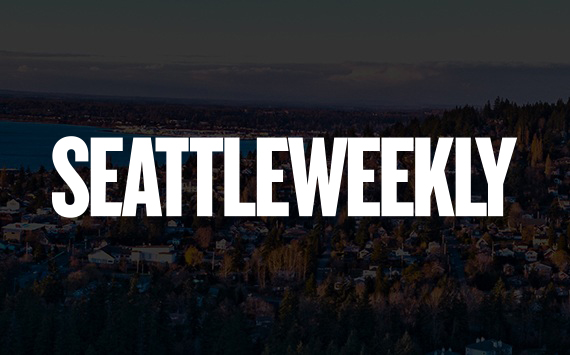Today’s PI features a piece on the clash between development and tree preservation. It quotes Maple Leaf Community Council President David Miller as noting that the city’s tree canapy has been reduced from 40% in the early 1970s to 18% now. The PI has reported this as fact before, as have Crosscut and others. (Crosscut later examined the claim in greater detail.)
The problem, as David Sucher at City Comforts pointed out a while ago, is that it’s not true. The study that noted the canopy decline looked at 422,000 acres of the Seattle area. (Seattle is only about 53,000 acres itself.) Given that the city’s population in the early 70s wasn’t much lower than it is today (530,000 in 1970 vs. 594,000 today), while the metropolitan area’s population has grown considerably (1.2 million to 3.3 million), it seems the culprit for lost trees is less the urban infill most frequently written about in the papers and more the residential sprawl of the outer ring suburbs.
Further, it’s no small step to surmise a direct connection between the long history of downzones our neighborhood groups have given us and the hinterland expansions that have wiped all that green off the satellite images.
Tree canopy prevents runoff, acts as a carbon sink, and improves quality of life, and the city should be actively preserving and expanding it–just not on the premise of faulty numbers that skew the debate and finger the wrong culprits.






